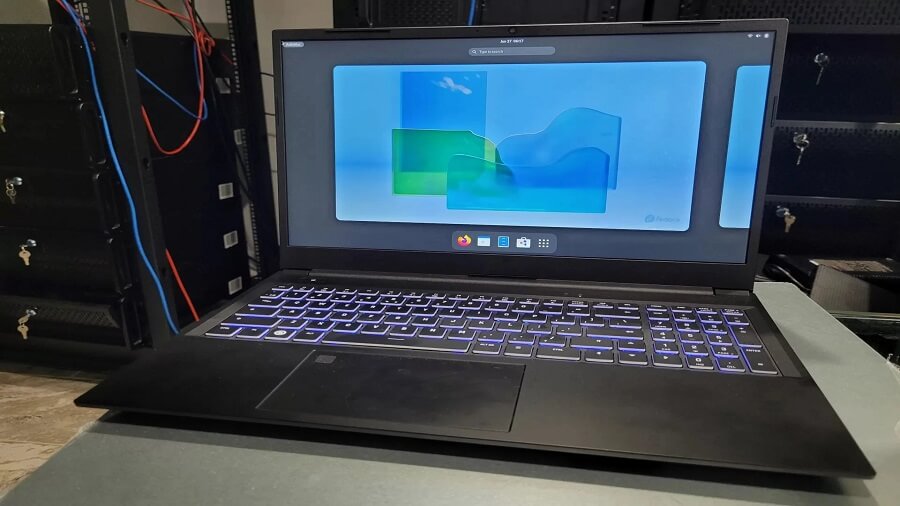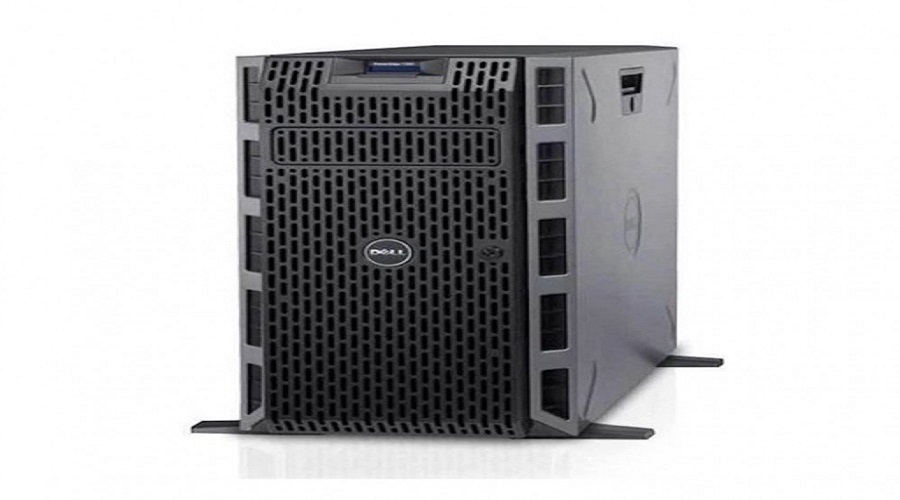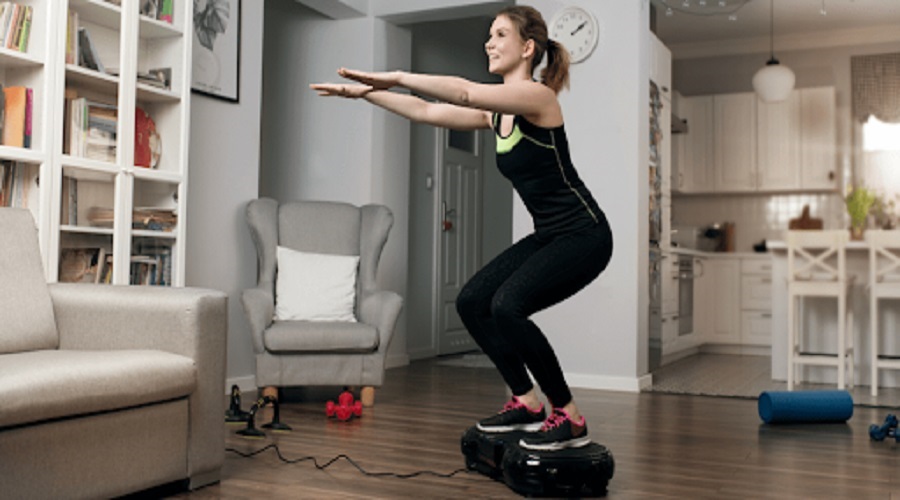Important info About Electric Unicycles

Unicycles powered by electric motors have one wheel and are self-balancing. Due to their ability to accommodate a single rider, unicycles of this type are often considered personal transportation. They operate similarly to a Segway since the rider’s movements determine the direction and speed of the wheel. Leaning backward or forwards will cause the vehicle to go faster or slower. With an electric unicycle, you can travel up to 32 kilometers per hour, or 20 mph. When steering skateboards, shifting weight from right to left causes the board to go in the opposite direction. A combination of accelerometers and gyroscopes is used to keep the vehicle balanced.
Electric unicycles come in a variety of frame variations. The type that is probably most common consists of a single wheel, with a motor, a gyroscope, a rechargeable battery, and other electronic components centred in the middle. A model like this has a pair of flat pedals on either side of the wheel, where riders place their feet. A number of electric unicycles feature integrated seats or saddles that allow riders to sit. Another option would be handlebars that offer a place to grip while riding.
While traditional manual cycles are often seen in festivals and circus performances, electric unicycles such as those sold by mouse wheel provide a new way for people to easily and securely travel in urban areas with heavy traffic and a need to move quickly and affordably.
Electric Unicycles: Their Historical Background
Electric unicycles have a much more convoluted history than one might think, since they may have originated from many different precursors. One theory holds that single-wheel velocipedes introduced the electric unicycle. Invented by Frederick Myers, they are the prototype of current electric unicycles. They were powered by foot pedals, however.
Monowheels are considered the true predecessors of the modern electric unicycle by some. The rider sits on either the outside or inside of the wheel of these vehicles, which feature a single trackwheel. Electric unicycles are thought to have originated from monowheels, primarily because these modes of transport were designed to be self-balancing with a single wheel. Hemmings is widely considered to be the true precursor to the electric unicycle. The monowheel was also the first single-wheeled vehicle powered by electricity. The first single-wheeled vehicle powered by electricity was the Dynasphere in 1932. Both monowheels and unicycles were originally developed as a means of recreation and entertainment and not for transportation.
How Do Electric Unicycles Operate?
Unicycles powered by electricity have a rather simple design made up of an electric motor, a motherboard, a gyroscope, an accelerometer, and a rechargeable battery. Similarly to other electric vehicles, these unicycles are powered by an electric motor that uses a rechargeable battery. The rider’s own body movements, rather than hitting a remote control as is often the case with electric skateboards and electric scooters, initiate acceleration or deceleration and direction changes on an electric unicycle. It is the motherboard that selects the incline angle and instructs the rotor to spin backwards or forwards at a given moment. When a rider leans forward, the motherboard responds by accelerating, going forward, and so on. In response to changes in the rider’s movements, the vehicle’s velocity and speed are adjusted accordingly. If the rider leans backward or shifts his or her weight toward the back, the vehicle will slow down.
The accelerometers and gyroscopes that are attached to electric unicycles allow them to self-balance. Gyroscopes are essentially rotating disks that automatically adjust their orientation without reference to tilting or similar movements. The device calculates and maintains angular speed and positioning. No matter how the outer wheel is positioned, the unicycle’s rotor will remain on its axis. Hence, when the rotors are turning in a directional direction, they slow down automatically. The vehicle’s accelerator will slow the entire device during free fall so that the vehicle doesn’t increase its speed because of gravitational pull.
Electric-powered unicycles utilise integrated regenerative braking systems because of their electric power. As a result, the brake is activated by having the motor’s rotor spin backward to counteract forward propulsion. The backward rotation of the brake produces electricity that charges the battery. Just like hybrid bikes for women.
How To Use Electric Unicycles
Practice Makes Perfect — If you want to become an electric unicyclist, you must practice often. It can be challenging to learn to drive or ride these vehicles at first since the force for changing directions and controlling speed is concentrated on a single wheel. Consequently, learning to steer can be challenging. The skills can be mastered within a couple of weeks with dedicated practice.
Honing Balance – While electric unicycles are self-balancing, you still need to get the hang of balancing your body while riding. In order to successfully ride a unicycle, you must have a good command of your body’s ability to balance.
Proper Gear – Wearing the right gear is essential, and this includes knee pads, elbow pads, and a helmet. It is wise for novice riders to take all possible precautions to prevent injury since they run the risk of falling. If you are just beginning to ride, be sure to invest in the gear you need to keep yourself safe.
Fitness Level – A certain level of fitness is required for those who wish to ride electric unicycles. In order to protect their bodies from severe injury, new riders should have a fitness level that will help them avoid falling and break falls.


































































































































































































































































































































































































































































































































































































































































































































































































































































































































































































































